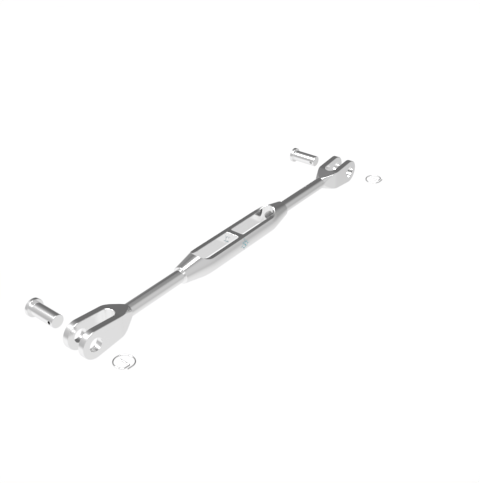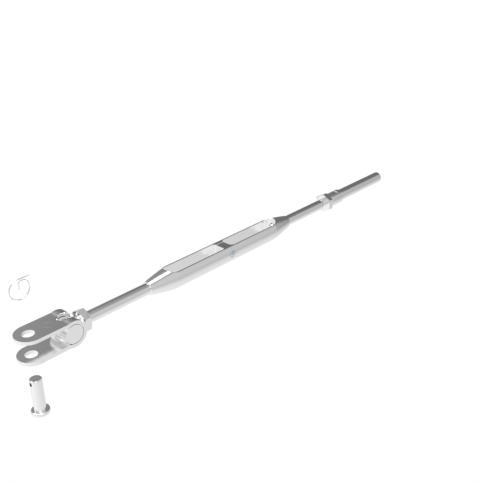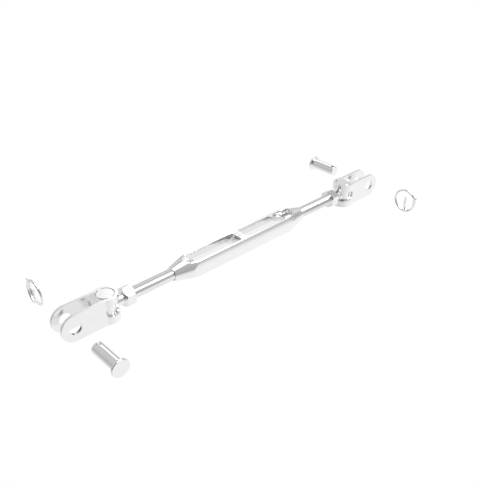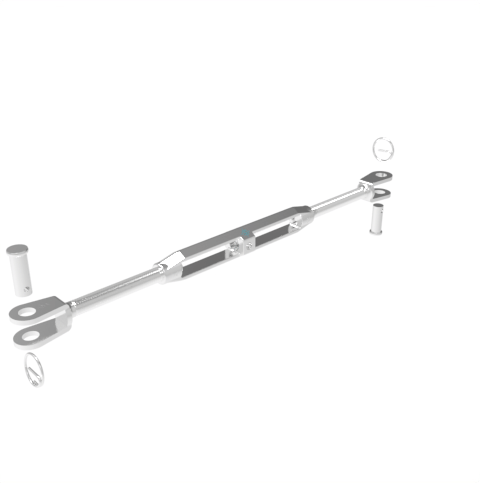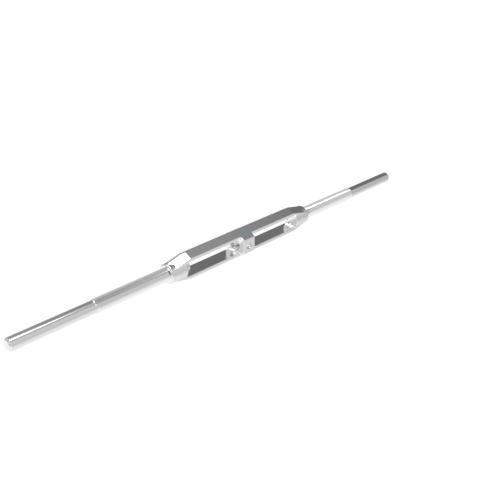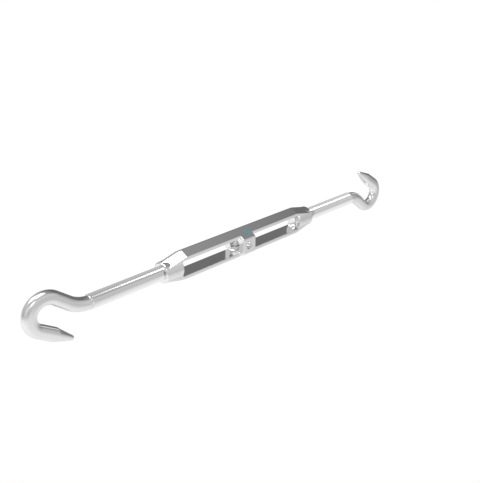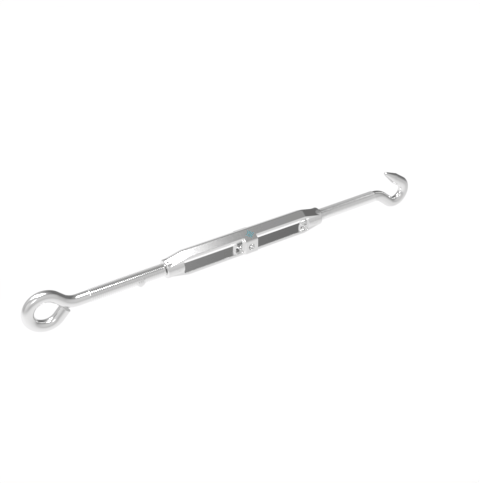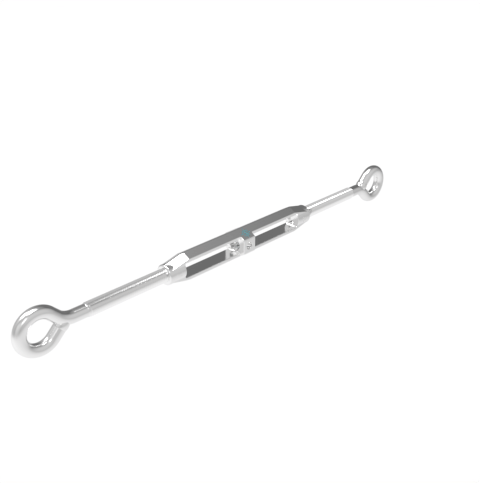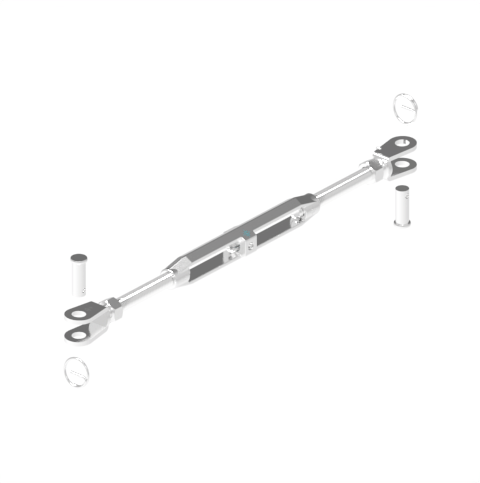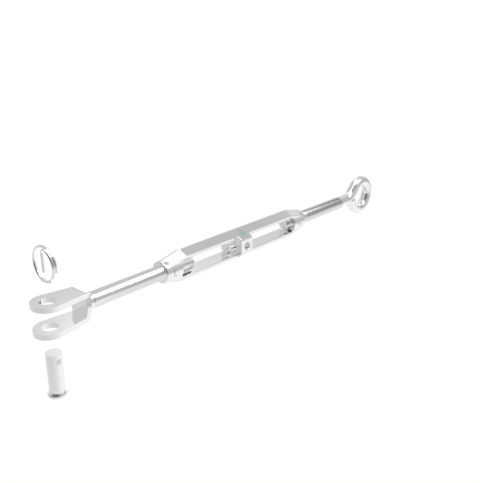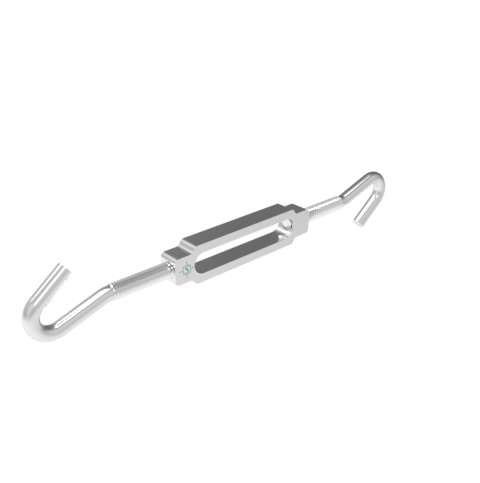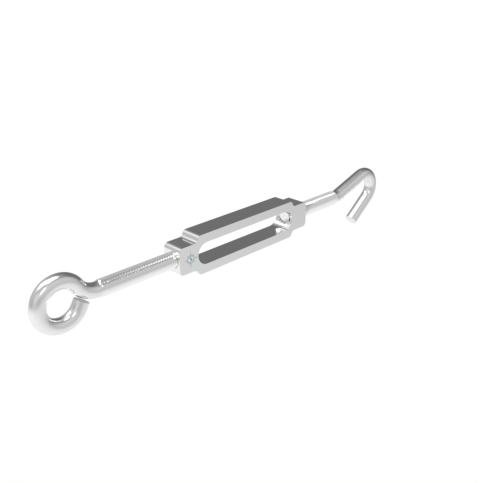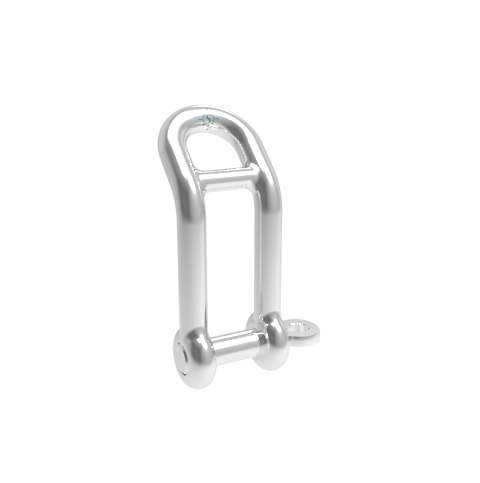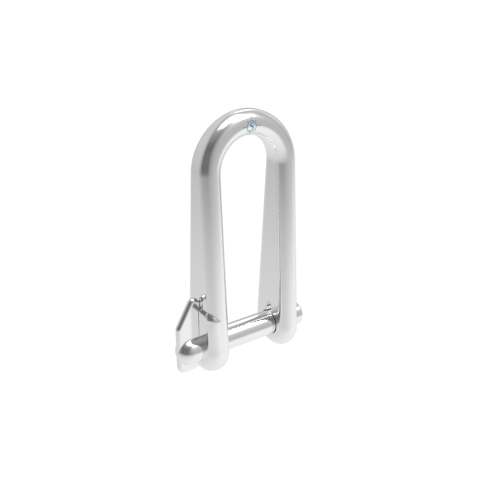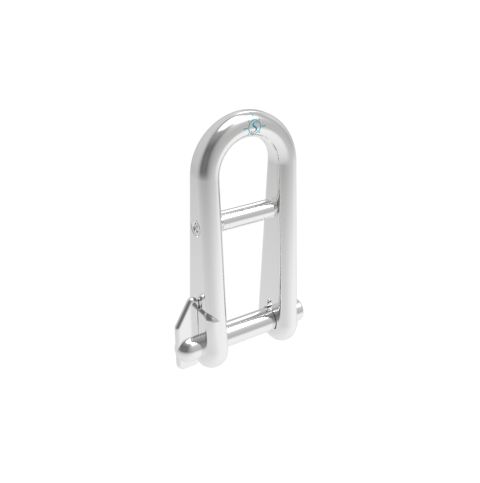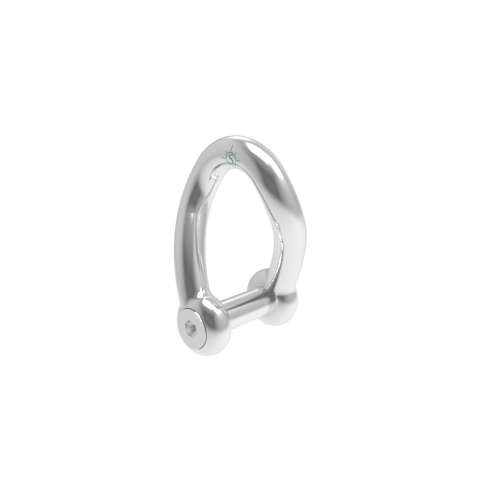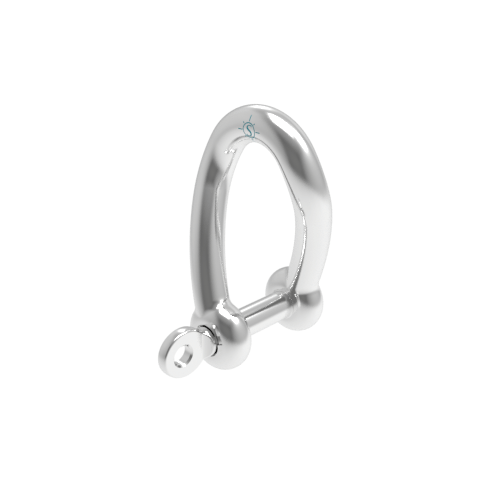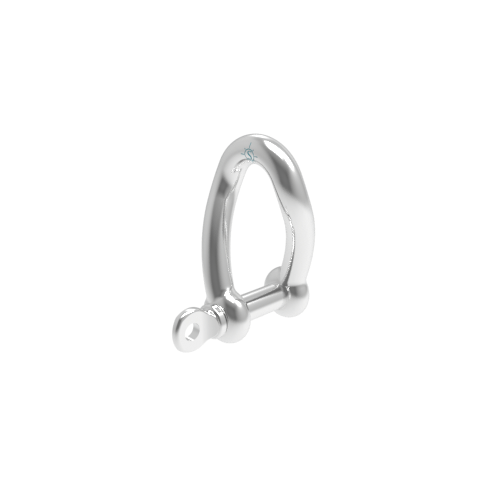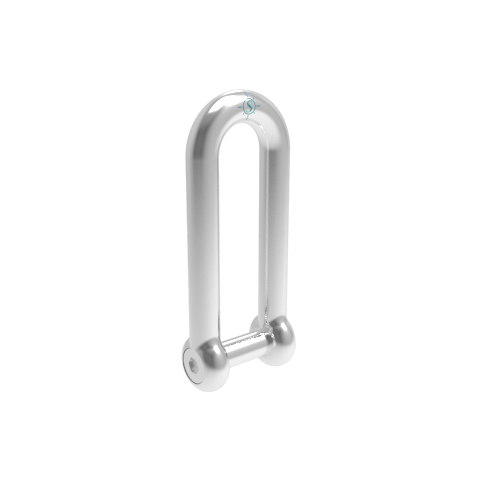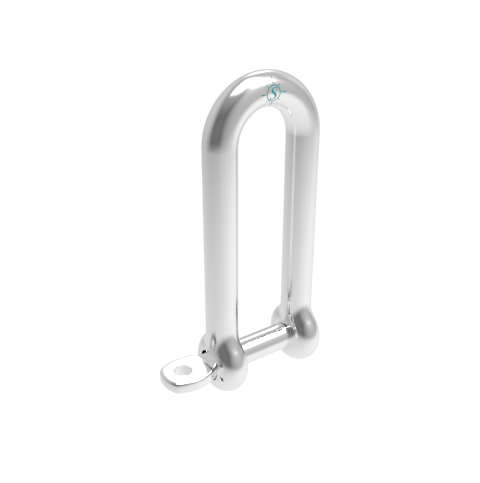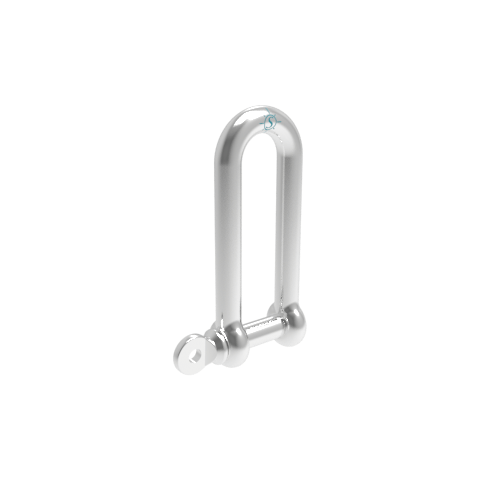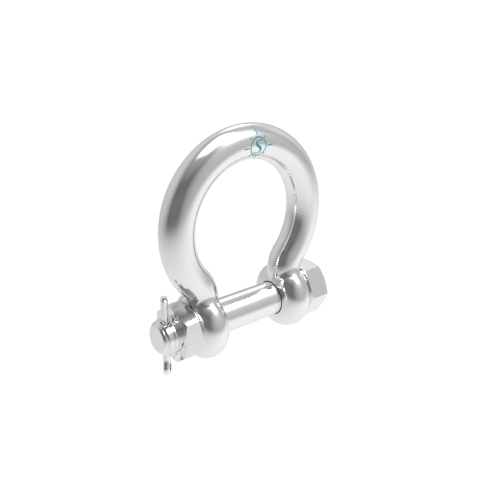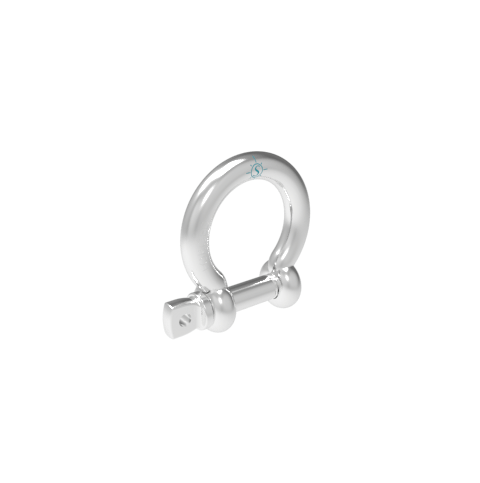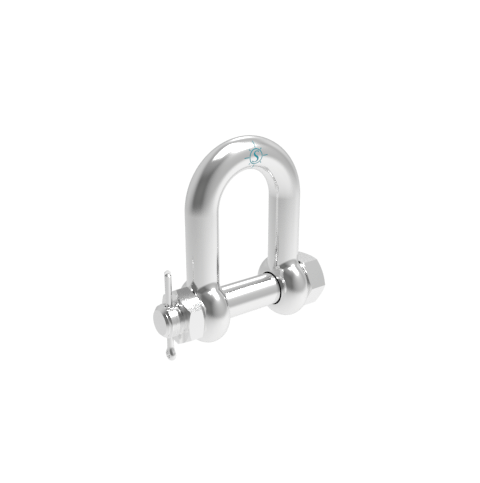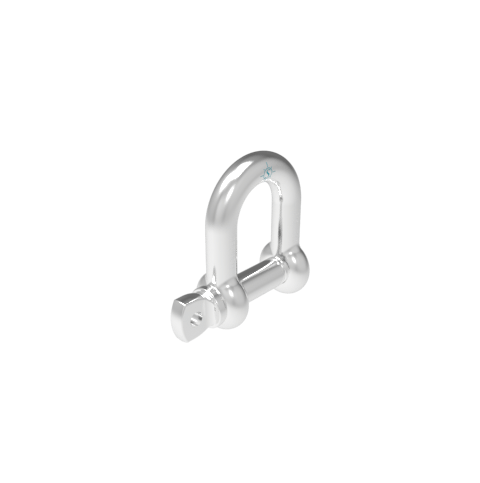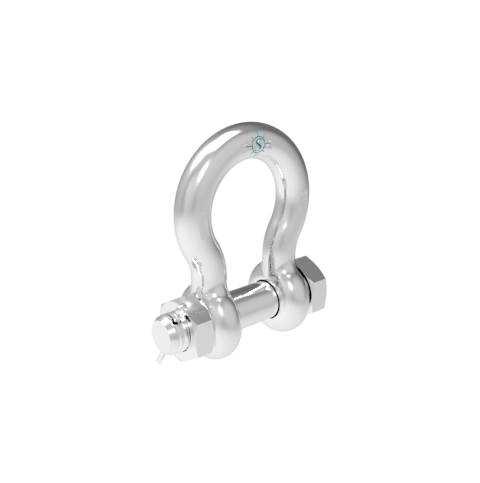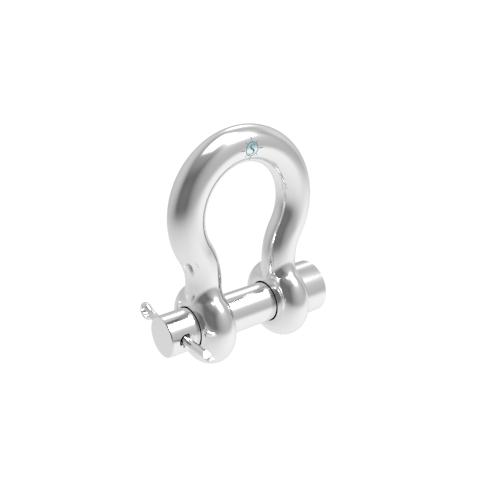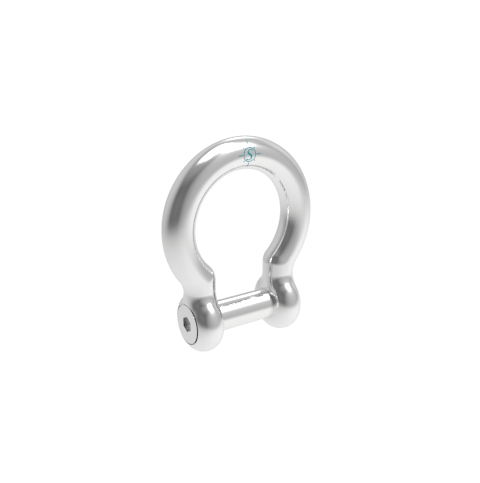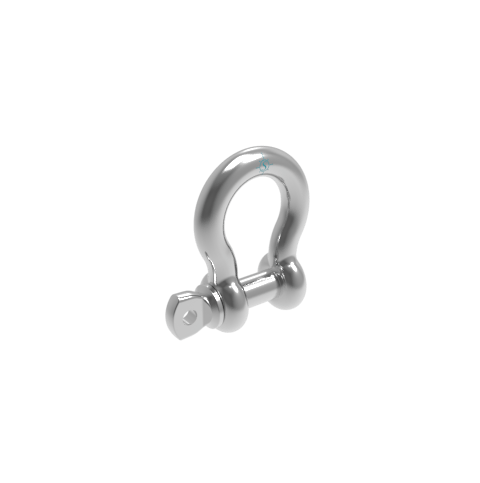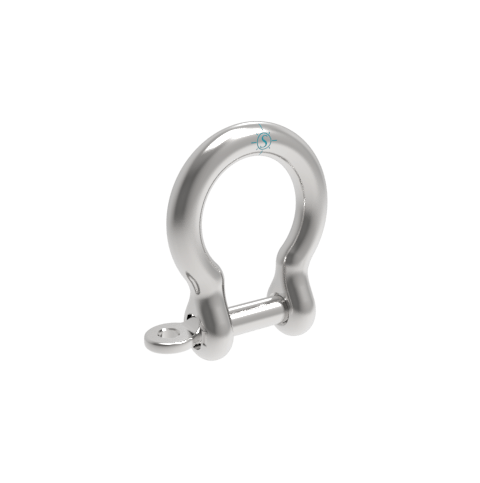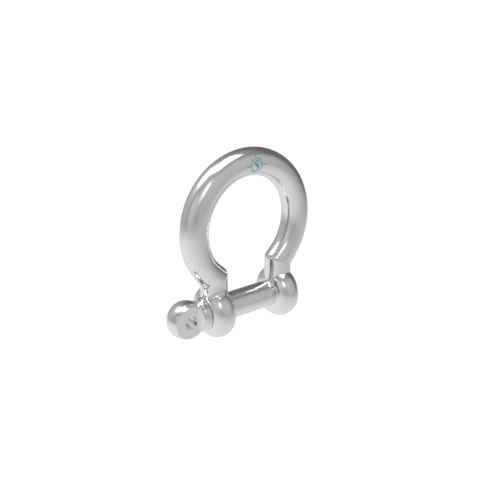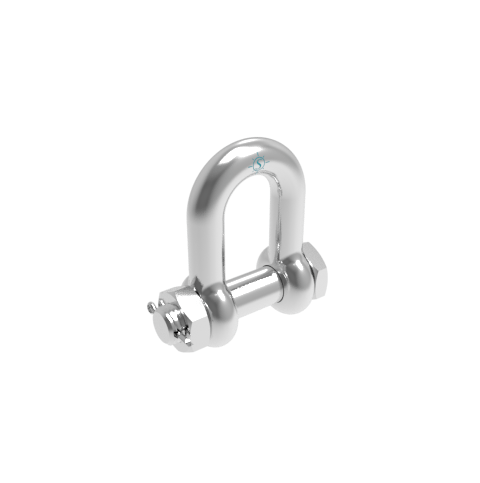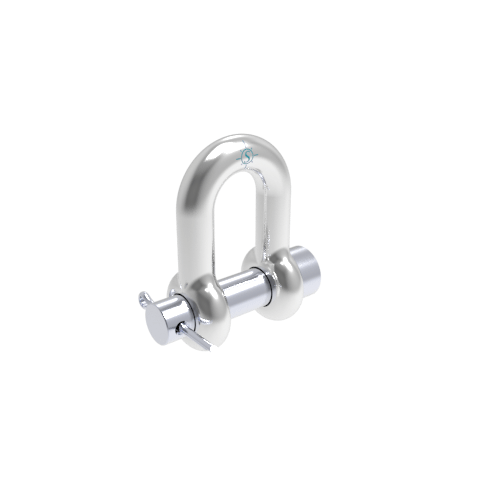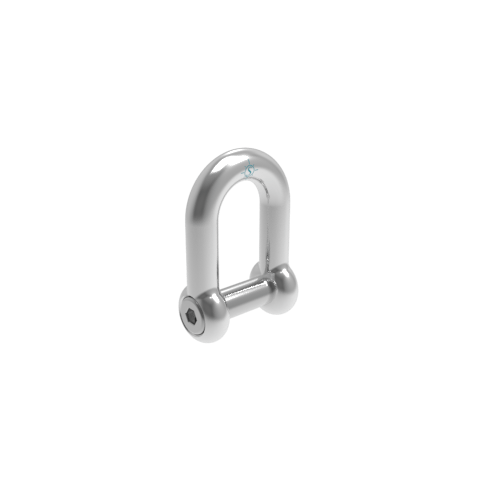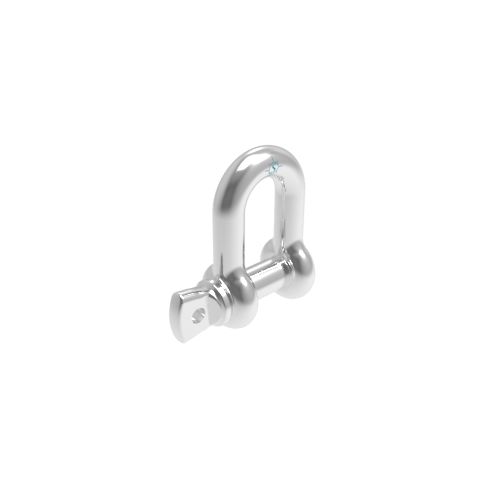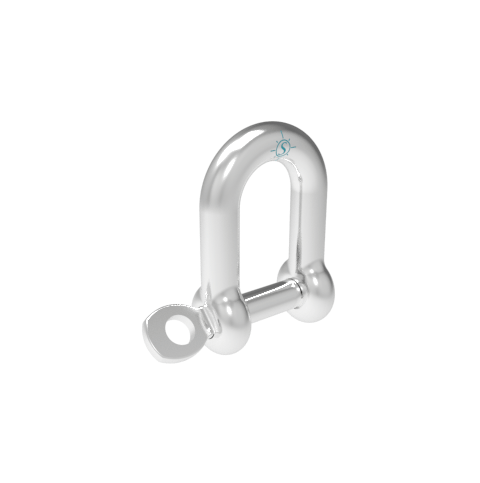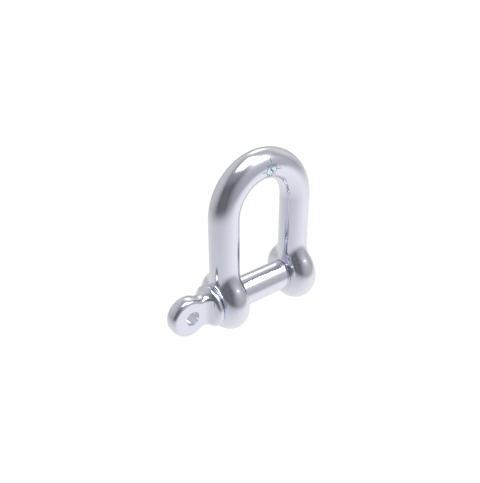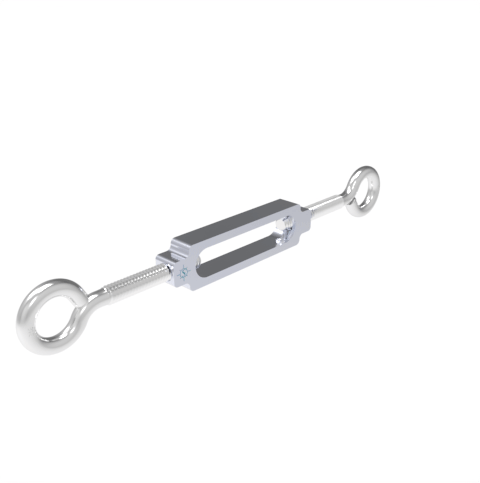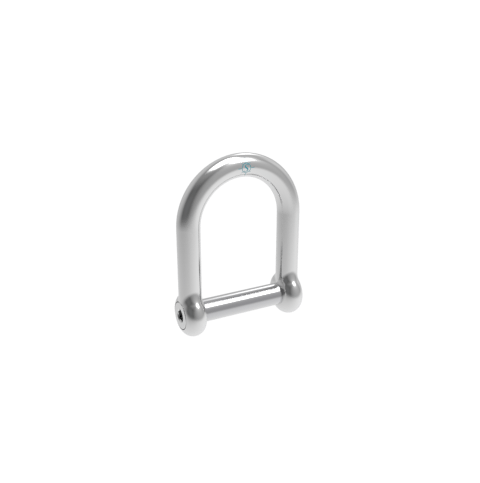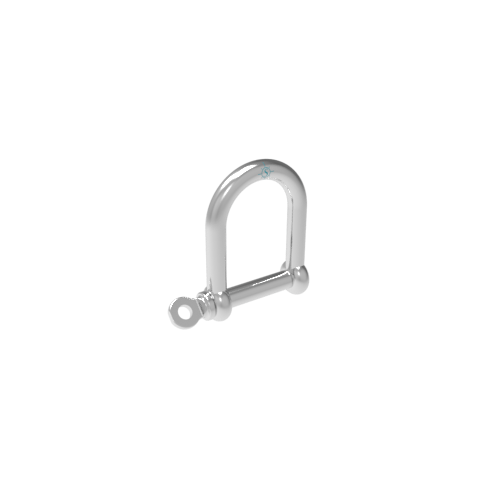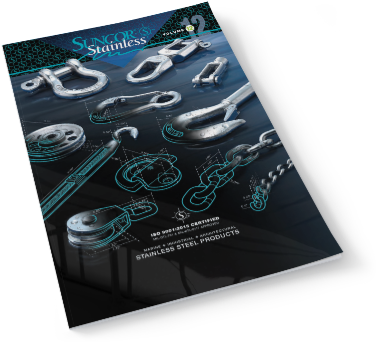Grain structure is the relationship between the small, individual crystals in a metal or alloy. The space between the grains are grain boundaries. Use of the term grain in regard to metal is the individual crystals in the metal.
Intergranular corrosion (IGC), also known as intergranular attack (IGA), is a form of corrosion where the boundaries of crystallites of the material are more susceptible to corrosion than their insides. Intergranular Corrosion occurs at the grain boundaries in austenitic stainless steels that have been heat treated between 850° and 1,450°F.
This situation can happen in otherwise corrosion-resistant alloys, when the grain boundaries are depleted, known as grain boundary depletion, of the corrosion-inhibiting elements such as chromium by some mechanism. In nickel alloys and austenitic stainless steels, where chromium is added for corrosion resistance, the mechanism involved is precipitation of chromium carbide at the grain boundaries, resulting in the formation of chromium-depleted zones adjacent to the grain boundaries (this process is called sensitization). Around 12% chromium is minimally required to ensure passivation, a mechanism by which an ultra thin invisible film, known as passive film, forms on the surface of stainless steels. This passive film protects the metal from corrosive environments. The self-healing property of the passive film make the steel stainless. Selective leaching often involves grain boundary depletion mechanisms.
